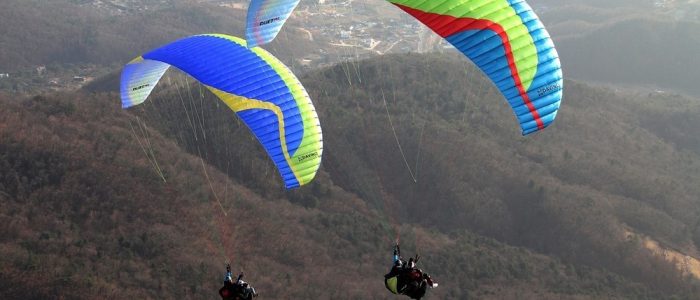Success Tips for Paragliding Training Institutions
In the fast-paced world of paragliding, training institutions need to stay organised, efficient and focused on delivering the best possible experience for their students. Let’s delve into a few success tips for paragliding training institutions.

Safety First
Safety should be the top priority for any paragliding training institution. This involves not only ensuring that all equipment meets safety standards but also providing comprehensive safety tips or briefings and procedures for both instructors and students. Regular safety checks and drills can help reinforce safe practices.
Having a Reliable Intranet
Paragliding training institutions should have an intranet to streamline operations, improve communication, and enhance training experiences. For instance, Omnia intranet can serve as a hub for all paragliding-related content, from flight manuals and safety protocols to video tutorials and student feedback. This centralised approach ensures that everyone has access to the most up-to-date information, reducing the risk of miscommunication and improving the overall quality of training.
Quality Instruction
Effective instruction is essential for student progress and safety. Instructors should be skilled in paragliding techniques, well experienced, and certified. The curriculum should be well-structured, covering all aspects of paragliding theory, practical skills, and emergency procedures.
Equipment Maintenance
Paragliding equipment must be meticulously maintained to ensure reliability and safety. Regular inspections, repairs, and replacements should be conducted according to manufacturer guidelines and industry standards.
Continuous Improvement
The paragliding industry is constantly evolving with advancements in technology, techniques, and safety standards. Hence, staying abreast of these developments and incorporating them into the curriculum and practices ensures that the institution remains relevant and competitive. This may involve regular training for instructors, updating course materials, and investing in new equipment.

